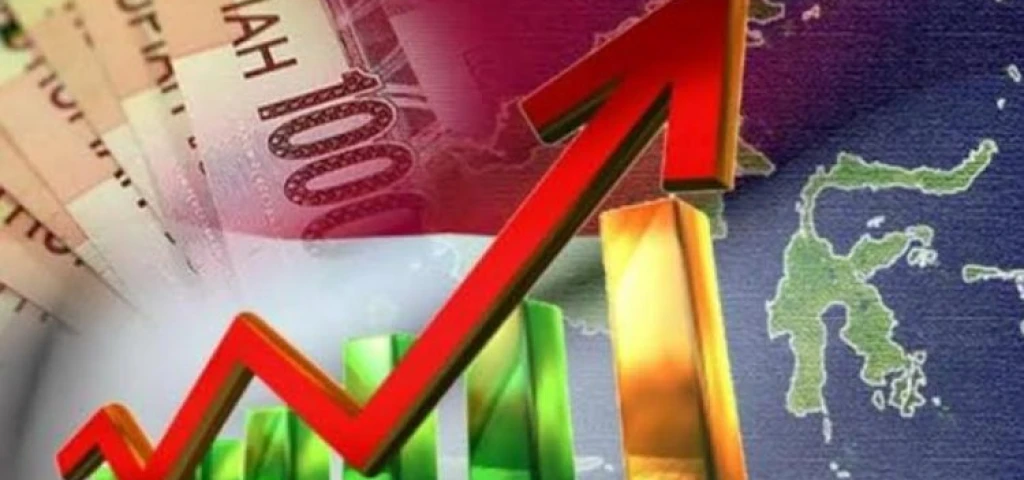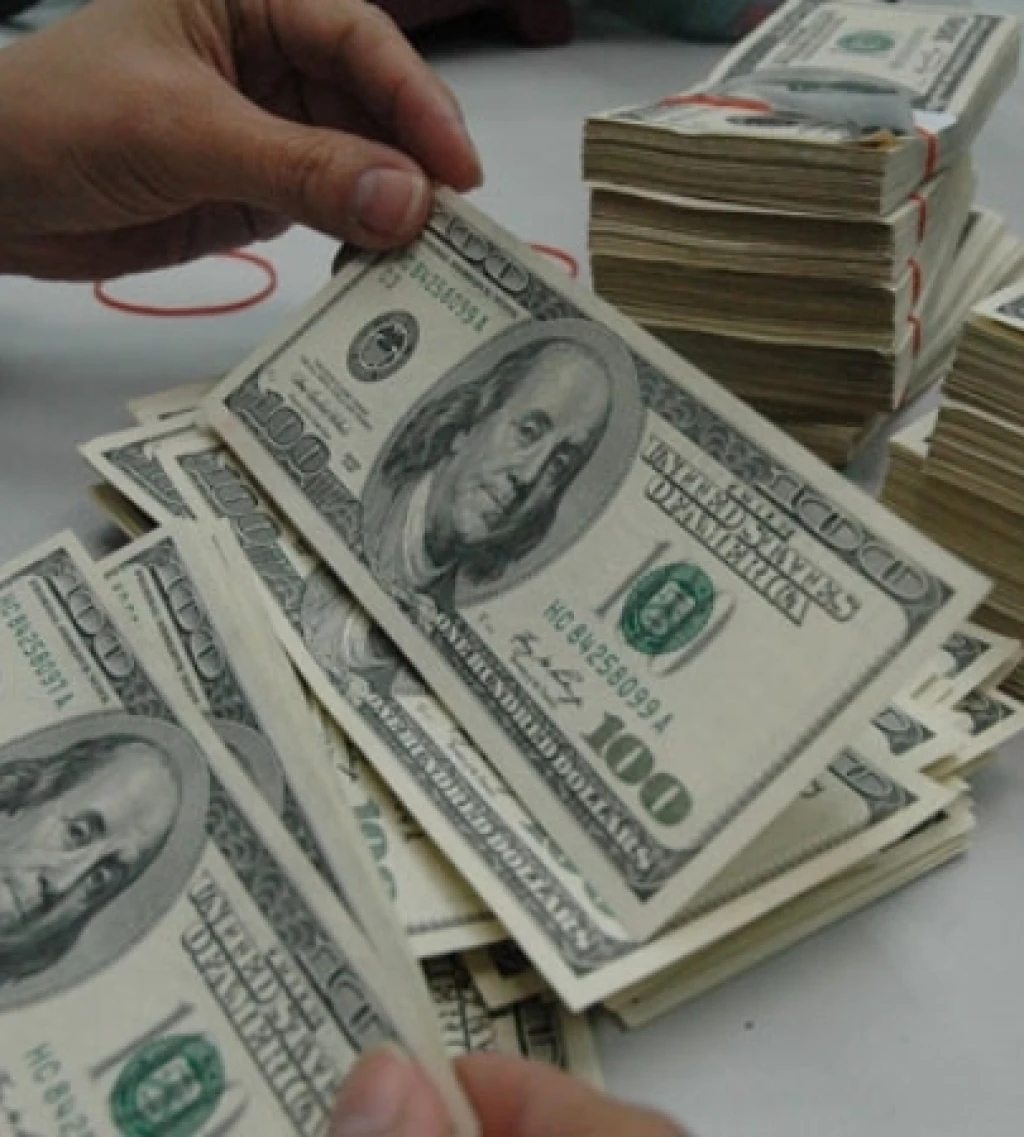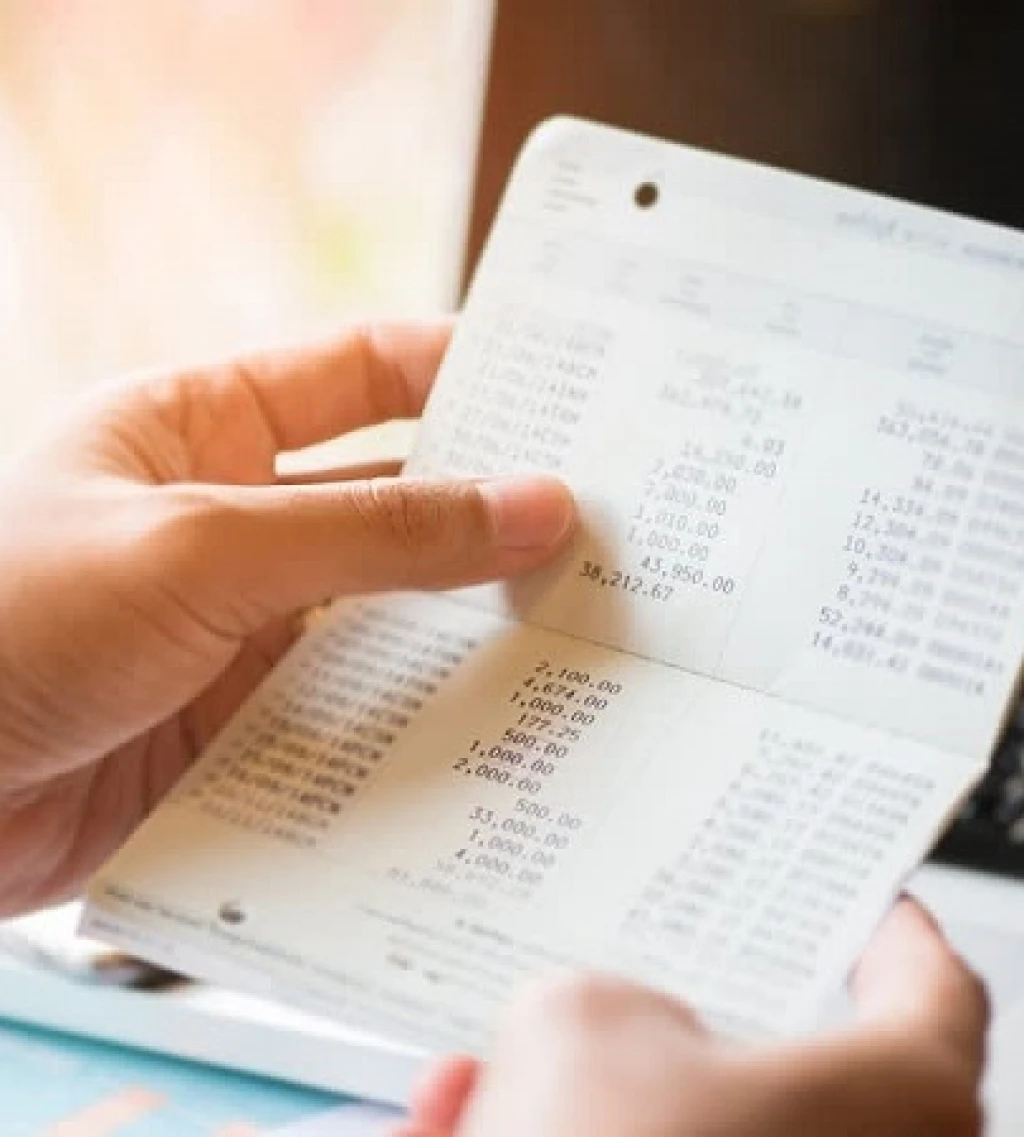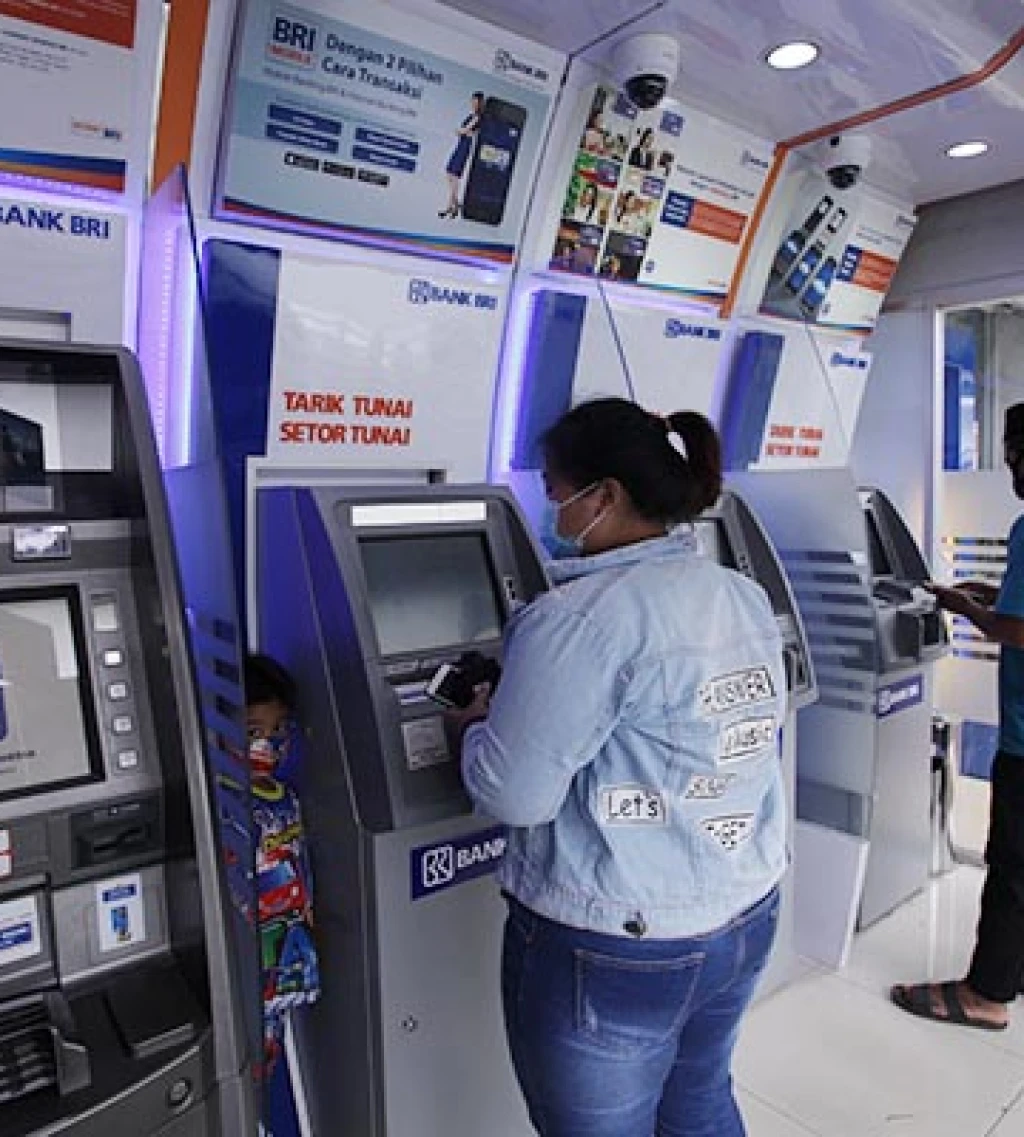News

Indonesia’s Economy Grows 5.12 Percent in Q2 of 2025, Exceeding Market Expectations
Jakarta – Indonesia’s economic growth in the second quarter of 2025 was recorded at above 5 percent, namely 5.12 percent year-on-year (yoy). This figure is higher than the first quarter of 2025, which was 4.87 percent, and the second quarter of 2024, which was 5.05 percent.
Permata Bank Chief Economist Josua Pardede said that Indonesia’s economic growth had accelerated significantly and exceeded market expectations.
“Indonesia’s economic growth accelerated significantly in the second quarter of 2025, exceeding market expectations,” Josua said when contacted by Infobanknews on Tuesday, August 5, 2025.
Josua stated that Indonesia’s Gross Domestic Product (GDP) grew by 5.12 percent yoy, far above the consensus projection of growth below 5 percent. This figure also shows an improvement compared to the 4.87 percent growth in the first quarter of 2025.
“However, cumulatively, economic growth in the first half of 2025 was recorded at 4.99 percent yoy, or slightly below the psychological threshold of 5 percent,” he said.
From the expenditure side, the acceleration in GDP growth in the second quarter of 2025 was supported by an increase in household consumption and a sharp surge in Gross Fixed Capital Formation (GFCF).
Household consumption recorded growth of 4.97 percent yoy, slightly higher than 4.95 percent yoy in the previous quarter, in line with increased mobility and spending during the national holiday period, including Eid al-Fitr.
Meanwhile, PMTB grew rapidly from 2.12 percent yoy to 6.99 percent yoy, driven by higher government capital spending and increased imports of capital goods.
Overall, the contribution of household consumption and PMTB to growth reached 4.70 percentage points (ppt), a significant increase compared to the 3.29 ppt contribution in the first quarter of 2025.
“On the other hand, the contribution of net exports declined from 0.71 ppt to just 0.22 ppt amid rising global trade tensions,” he added.
From a sectoral perspective, the manufacturing and construction sectors were the main drivers of higher growth in the second quarter of 2025. This increase aligns with the recovery in consumption and investment.
The contribution of the manufacturing sector rose from 0.93 ppt to 1.13 ppt, while construction increased from 0.22 ppt to 0.47 ppt.
Additionally, the trade sector, as well as information and communication, continued to make significant contributions, though they did not see significant changes compared to the previous quarter.
On an annual basis, the manufacturing sector grew more strongly from 4.55 percent yoy to 5.68 percent yoy, and the construction sector from 2.18 percent yoy to 4.98 percent yoy.
Although Indonesia’s economic recovery is progressing faster than expected, global risks still loom in the second half of 2025,” he concluded.
Furthermore, Josua said, the US’s reciprocal tariff cut on Indonesian goods from 32 percent to 19 percent could mitigate the negative impact of the second round of the Trade War, but overall, the impact on the national economy remains negatively risky.
Additionally, investment recovery is possible as trade policy clarity improves and export risks decline, although the surge in imports remains a concern.
On the other hand, with U.S. import tariffs on capital goods now at 0 percent, U.S.-origin capital goods are now more accessible and could boost private sector investment.
As Indonesia’s second-largest export destination, the United States plays a crucial role in national trade performance. Tariff reductions could support export performance, but global trade tensions remain a potential risk to demand.
Nevertheless, Josua believes that the 0 percent import policy could boost Indonesia’s demand for U.S. goods.
Meanwhile, China’s export focus on Africa and ASEAN continues to grow, which also implies an increase in Indonesia’s import volume from that country.
Additionally, accommodative fiscal and monetary policies, including ongoing economic stimulus, will be important tools in addressing global pressures and maintaining domestic purchasing power.
Josua said this strategy is crucial to maintaining economic growth above 5 percent in the second half of 2025.
“Overall, we estimate that Indonesia’s economic growth throughout 2025 will be in the range of 4.7 percent to 5.1 percent, slightly down from 5.03 percent in 2024,” he said.
Furthermore, the need to maintain this growth momentum also opens up room for Bank Indonesia to lower the benchmark interest rate (BI-rate) by up to 50 basis points for the remainder of 2025.
“Especially if expectations for the Fed to cut its benchmark interest rate continue to strengthen,” Josua said. (*)
Editor: Yulian Saputra
Permata Bank Chief Economist Josua Pardede said that Indonesia’s economic growth had accelerated significantly and exceeded market expectations.
“Indonesia’s economic growth accelerated significantly in the second quarter of 2025, exceeding market expectations,” Josua said when contacted by Infobanknews on Tuesday, August 5, 2025.
Josua stated that Indonesia’s Gross Domestic Product (GDP) grew by 5.12 percent yoy, far above the consensus projection of growth below 5 percent. This figure also shows an improvement compared to the 4.87 percent growth in the first quarter of 2025.
“However, cumulatively, economic growth in the first half of 2025 was recorded at 4.99 percent yoy, or slightly below the psychological threshold of 5 percent,” he said.
From the expenditure side, the acceleration in GDP growth in the second quarter of 2025 was supported by an increase in household consumption and a sharp surge in Gross Fixed Capital Formation (GFCF).
Household consumption recorded growth of 4.97 percent yoy, slightly higher than 4.95 percent yoy in the previous quarter, in line with increased mobility and spending during the national holiday period, including Eid al-Fitr.
Meanwhile, PMTB grew rapidly from 2.12 percent yoy to 6.99 percent yoy, driven by higher government capital spending and increased imports of capital goods.
Overall, the contribution of household consumption and PMTB to growth reached 4.70 percentage points (ppt), a significant increase compared to the 3.29 ppt contribution in the first quarter of 2025.
“On the other hand, the contribution of net exports declined from 0.71 ppt to just 0.22 ppt amid rising global trade tensions,” he added.
From a sectoral perspective, the manufacturing and construction sectors were the main drivers of higher growth in the second quarter of 2025. This increase aligns with the recovery in consumption and investment.
The contribution of the manufacturing sector rose from 0.93 ppt to 1.13 ppt, while construction increased from 0.22 ppt to 0.47 ppt.
Additionally, the trade sector, as well as information and communication, continued to make significant contributions, though they did not see significant changes compared to the previous quarter.
On an annual basis, the manufacturing sector grew more strongly from 4.55 percent yoy to 5.68 percent yoy, and the construction sector from 2.18 percent yoy to 4.98 percent yoy.
Although Indonesia’s economic recovery is progressing faster than expected, global risks still loom in the second half of 2025,” he concluded.
Furthermore, Josua said, the US’s reciprocal tariff cut on Indonesian goods from 32 percent to 19 percent could mitigate the negative impact of the second round of the Trade War, but overall, the impact on the national economy remains negatively risky.
Additionally, investment recovery is possible as trade policy clarity improves and export risks decline, although the surge in imports remains a concern.
On the other hand, with U.S. import tariffs on capital goods now at 0 percent, U.S.-origin capital goods are now more accessible and could boost private sector investment.
As Indonesia’s second-largest export destination, the United States plays a crucial role in national trade performance. Tariff reductions could support export performance, but global trade tensions remain a potential risk to demand.
Nevertheless, Josua believes that the 0 percent import policy could boost Indonesia’s demand for U.S. goods.
Meanwhile, China’s export focus on Africa and ASEAN continues to grow, which also implies an increase in Indonesia’s import volume from that country.
Additionally, accommodative fiscal and monetary policies, including ongoing economic stimulus, will be important tools in addressing global pressures and maintaining domestic purchasing power.
Josua said this strategy is crucial to maintaining economic growth above 5 percent in the second half of 2025.
“Overall, we estimate that Indonesia’s economic growth throughout 2025 will be in the range of 4.7 percent to 5.1 percent, slightly down from 5.03 percent in 2024,” he said.
Furthermore, the need to maintain this growth momentum also opens up room for Bank Indonesia to lower the benchmark interest rate (BI-rate) by up to 50 basis points for the remainder of 2025.
“Especially if expectations for the Fed to cut its benchmark interest rate continue to strengthen,” Josua said. (*)
Editor: Yulian Saputra






